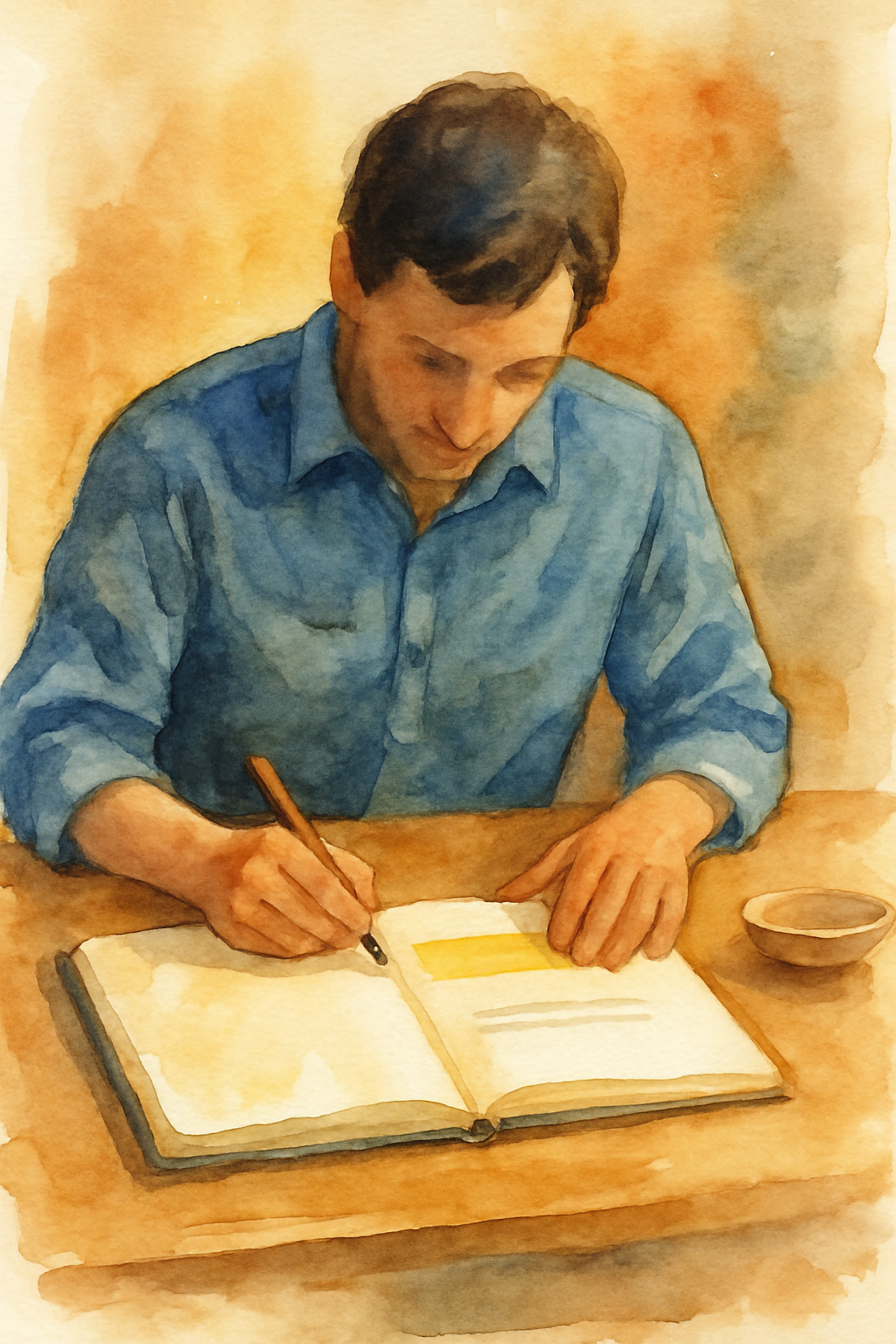Focus on One Thing at a Time: A Practical Way to Get More Done
I learned the hard way that juggling multiple projects doesn’t actually mean getting more done, it usually just means spreading myself too thin. The biggest shift in my productivity came from something surprisingly simple: doing one thing at a time. It sounds obvious, but once you start applying it on purpose, the way you work (and how you feel while working) changes fast.
Why single-tasking matters
When your attention is split, everything slows down and gets shallower. By committing to one priority, you get deeper focus, better output, and a lighter mental load.
“If I can offer you one piece of productivity advice, it’s to focus on one thing at a time.”
That applies at every scale. From a 30-minute task to a multi-year project, the principle is the same: don’t divide your focus if you can help it.
How this works in the real world
Of course, reality interrupts. Fires pop up, bosses ask for something, and opportunities arrive unexpectedly. The goal is not perfection, it’s reducing unnecessary context switching whenever it’s within your control.
Part of this is communication. Let people you work with know how you prefer to operate. Saying, “I do my best work when I can focus without switching contexts” sets expectations and makes it easier to defend your time.
What I mean by “focus”
Focus isn’t just blocking 45 minutes. It can be:
- Short, intense work bursts, followed by a break, like a personal sprint.
- Treating one project as the top priority for a week or a month, then rotating.
- Choosing the single most important next step within a project and finishing it before moving on.
Practical steps to make it happen
These are the habits that have worked for me. Tweak them to fit your context.
1. Choose one top priority
When you have multiple projects, pick the one that will move the needle most. Make that your primary focus until it reaches a meaningful milestone.
2. Work in sprints
I like a sprint mode: deep, concentrated work for a set period, then a break. It keeps momentum and prevents burnout.
3. Plan and review regularly
Weekly and quarterly reviews are where priorities get clarified. Use that time to decide what deserves your full attention next.
4. Communicate your boundaries
Say how you work. If something urgent comes up, triage it, but if not, ask to schedule it so you can maintain focus.
5. Use simple tools
Real tools, real examples: a calendar block for your sprint, a single prioritized to-do list, a project board with one active card. Keep the system minimal so it supports focus instead of fragmenting it.
Quick checklist to try this week
- Pick one project that gets your main effort this week.
- Block 90–120 minute sprints for the most important tasks.
- Do a short daily plan each morning: one top result to aim for.
- Run a weekly review and confirm next week’s top priority.
- Communicate to stakeholders how you are prioritizing work.
What to expect
Your output will likely be higher quality. You may finish deep work faster. Mentally, it feels easier because you avoid the constant context switching drain.
If you try this and it feels strict, start smaller. Commit to one daily focus first, then scale up to weekly or project-level single-tasking.
Final thought
Focus is the multiplier you already own. Choosing to go deep on one thing at a time will make your work better and your days simpler. This approach won’t remove every interruption, but it gives you a structure that consistently produces better results.
If you’re looking for a simple change to try this week, pick a single project and protect two solid sprints for it. See how it feels.







